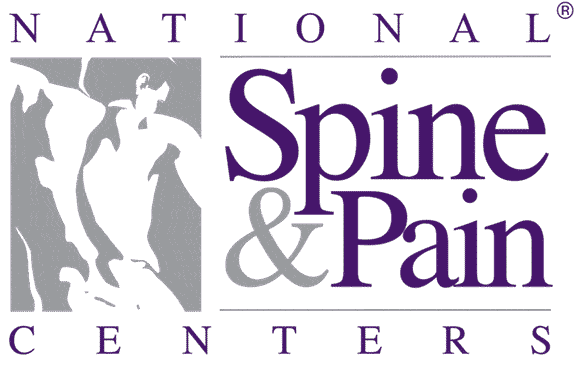A recent clinical study found that Regenerative Injection Therapy (RIT) delivered significant improvement in knee function and pain to those suffering from knee osteoarthritis. The study found that study participants receiving RIT treatment experienced an 29.5% improvement in knee pain, stiffness and function measured according to the Western Ontario and McMaster Universities Osteoarthritis Index (WOMAC score).[1]
This treatment is just one of many new options available in the fight against knee osteoarthritis. Osteoarthritis of the knee usually occurs in knees that have experienced trauma, infection, or injury. The articular cartilage, which acts as a protective cushion, begins to deteriorate. What these new biological treatments accomplish is assisting and stimulating the growth of new cartilage. It’s an approach that does not simply mask the symptoms, but addresses the root cause of the condition.
[youtube id=”4ZcfslvNPJA” width=”600″ height=”350″]
To maximize healing, Stem Cell treatments are used with other leading treatments in the field including Prolotherapy, Platelet Rich Plasma (PRP) and Platelet Lysate therapy. In certain cases, a patient’s unique medical condition or circumstance may preclude utilizing the benefits of all treatments used together. In this case, a customized plan is developed using one or more of the treatments to obtain the best patient outcomes possible. While sometimes there is no good alternative to surgical repair, most often biologic repair offers a better option.
Stem Cell Therapy: The Process
Stem Cell Therapy makes use of the supply of stem cells available in the body to help repair injured and degenerated tissues. The easiest place to harvest these stem cells is from the back of the hip area, under ultrasound or x-ray guidance. This harvesting procedure is well tolerated by patients and not considered difficult as many patients claim it is not painful.
After bone marrow blood is drawn, it is centrifuged to concentrate and purify the stem cells, with each stem cell specimen custom designed to meet the needs of the specific injury. Utilizing either fluoroscopy or ultrasound, the stem cells are placed on the injured site precisely to improve the likelihood that stem cells will adhere to the damaged area and promote healing. After the stem cells are placed, concentrated platelets and other adjuvants are injected to stimulate the stem cells to multiply, and then transform into the repair cells needed to regenerate new cartilage. The platelets are injected again 2-5 days later to keep the stem cells activated and promote additional healing.
Prolotherapy
With Prolotherapy, a solution of concentrated dextrose and local anesthetic (steroids are not used) stimulates the body’s natural ability to repair the cartilage, encouraging new growth and creating a positive environment into which the stem cells are placed. Prolotherapy treatments are usually scheduled every two to six weeks until the cartilage is regenerated.
Platelet Rich Plasma
Platelets initiate tissue repair by releasing growth factors. These growth factors start the healing process by attracting cells that repair us including critical stem cells. Platelet Rich Plasma therapy intensifies this process by delivering a higher concentration of platelets. The therapy involves a small sample of the patient’s blood placed in a centrifuge to separate the platelets from the other blood components. The concentrated PRP is then injected into and around the point of injury, significantly strengthening the body’s natural healing. Our process for PRP is much different and sets us apart. Because our samples are all hand processed, we are able to produce PRP that is free of contaminating red and white cells, which can inhibit repair. This same special process also allows us to customize the concentration and volume for each individual and each injury type. This greatly improves outcomes.
Platelet Lysates
Platelets in the blood release powerful tissue growth factors that aid in the healing process. Normally this occurs slowly over time, but through the creation of a Platelet Lysate solution, a high concentration of growth factors can be released immediately into the body. The result is a targeted, faster healing process. Additionally, there are areas of the body where using traditional PRP may cause too much inflammation. Platelet Lysates are a better option where inflammation may become an issue.
A Real Solution to Regain Knee Function
These regenerative treatments are a promising revolution in the treatment of knee osteoarthritis. While not a “cure,” these treatments can slow the progression of the disease, significantly reduce pain and restore knee function and mobility to the patient. When combined with short term knee bracing and physical therapy, the effects of this approach can be greatly magnified even further to restore quality of life to most patients.
[1] Richard Dumais, MD, Catherine Benoit, MD, Alex Dumais, MD, Lise Babin, MD, Rachel Bordage, BScN, Claire de Arcos, BScPT, Jacques Allard, PhD, Mathieu Bélanger, PhD, “Effect of Regenerative Injection Therapy on Function and Pain in Patients with Knee Osteoarthritis: A Randomized Crossover Study,” Pain Medicine 2012; 13; 990-999; Wiley Periodicals, Inc.
